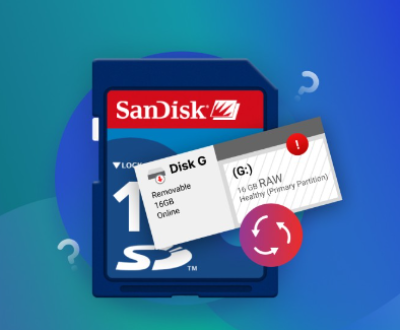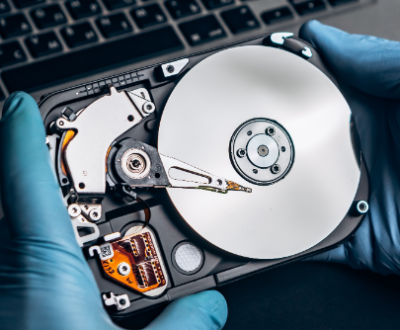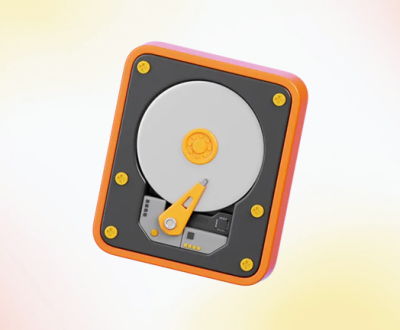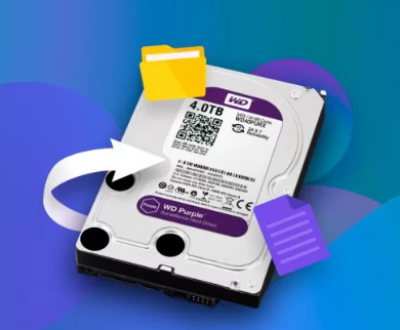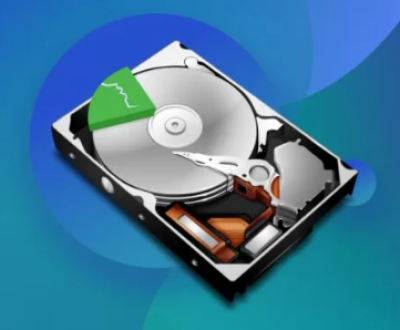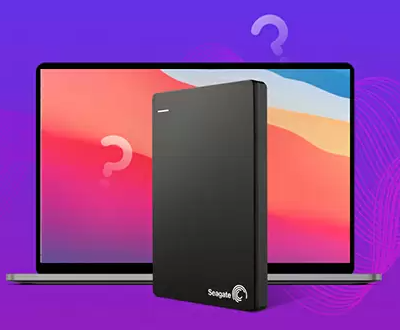These virtual labs, which simulate real-world systems, enable users to test software, simulate environments, and execute various tasks without the need for physical hardware. However, data loss in these virtual environments can be disastrous. This is where Virtual Lab Data Recovery Software comes into play. This specialized software provides solutions to recover lost, deleted, or corrupted data from virtual environments, including virtual machines (VMs), snapshots, and virtual storage drives.
Chapter 1: Virtual Labs and Virtual Environments
Virtual labs, which are built on virtualization technology, allow for the creation of isolated virtual environments that mimic real-world computing systems. This chapter will cover:

What are Virtual Labs?
Definition and role in testing, training, and development.
Key components of a virtual lab (hypervisors, virtual machines, virtual storage).
Common use cases: IT training, system testing, cybersecurity labs, etc.
Types of Virtualization
Full Virtualization (Hypervisor-based)
Para-Virtualization
Containerization (e.g., Docker, Kubernetes)
Common Virtualization Platforms
VMware, VirtualBox, Hyper-V, etc.
Virtual Storage Systems
Virtual hard disks (VHD), virtual disk images (VDI), and other virtual storage formats.
Challenges in Virtual Lab Environments
Data loss scenarios in virtual machines and virtual storage systems.
Common causes of data loss: accidental deletion, system crashes, corrupted virtual disk files, hardware failures.
Chapter 2: Data Loss in Virtual Environments
This section will explore the common reasons for data loss in virtual labs and the unique challenges associated with recovering lost data in such environments:
Accidental Deletion of Virtual Machines or Snapshots
What happens when a VM or snapshot is accidentally deleted.
The difficulty in recovering deleted VM images or snapshots.
Corrupted Virtual Disk Files
Causes of corruption: hardware failure, improper shutdowns, and software glitches.
How corruption affects VM file integrity (e.g., VMDK, VHD files).
VMware ESXi and Hyper-V Issues
Specific issues related to VMware ESXi and Hyper-V data recovery.
How these platforms store and manage virtualized data.
Snapshot Failures
Importance of snapshots in virtual labs.
Risks associated with snapshot corruption.
Storage Failures and Disk Damage
Virtual storage disk failures.
How virtualized storage behaves differently compared to physical storage.
Chapter 3: How Virtual Lab Data Recovery Software Works (Approx. 500 words)
This chapter will explain the technical workings of virtual lab data recovery software, detailing its functionalities and processes:
File System and Data Recovery
How recovery software interacts with virtual file systems.
Restoring deleted files from virtualized hard drives.
Recovering Virtual Machines and Snapshots
Techniques used to restore lost virtual machines (VMware, VirtualBox, etc.).
How snapshots are recovered from hypervisors and storage devices.
Recovery Methods
File-Based Recovery: Scanning for deleted files.
Block-Level Recovery: Searching for data blocks and recovering raw data.
Partition Table Recovery: Restoring partitions in virtual environments.
Impact of Virtualization Technology on Recovery
How virtualized environments present unique challenges for recovery software.
Data access methods: Raw disk recovery vs. virtual disk file recovery.
Chapter 4: Best Practices for Using Virtual Lab Data Recovery Software (Approx. 500 words)
This section will provide users with practical advice on how to make the most out of data recovery software:
Preventing Data Loss in Virtual Labs
Importance of backups and replication.
Configuring automated snapshots and data redundancy.
How to Use Data Recovery Software Effectively
Step-by-step guide on installing and using data recovery software.
Scanning, previewing, and recovering virtual machine data.
Handling Virtual Disk Corruption
Recovery options for corrupted VHD, VMDK, and other virtual disk formats.
Dealing with Snapshots and Virtual Machine Images
Restoring snapshots and VM images after corruption or deletion.
Data Integrity Verification Post-Recovery
Ensuring recovered data is intact and usable in virtual environments.
Chapter 5: Top Virtual Lab Data Recovery Software Tools
Panda Assistant is a versatile data recovery tool designed to help users retrieve lost or deleted files from a variety of storage devices, including hard drives, SSDs, USB drives, memory cards, and more. Whether data has been accidentally deleted, lost due to system failure, or corrupted, Panda Assistant offers a powerful solution for file recovery.
One of its standout features is its user-friendly interface, which makes it accessible even to those without technical expertise. The software uses advanced algorithms to scan storage devices and recover data that may seem permanently lost. It supports a wide range of file types, including documents, photos, videos, and audio files, and works across different operating systems, including Windows and macOS.
Chapter 6: Case Studies and Examples
In this section, real-world examples of data recovery scenarios in virtual labs will be discussed:
Scenario 1: Recovering a Deleted VMware Snapshot
Step-by-step breakdown of recovering a lost snapshot from VMware.
Scenario 2: Corrupted Virtual Machine on Hyper-V
Techniques used to recover data from a corrupted Hyper-V VM.
Scenario 3: Restoring Virtual Machines from a Failed Storage Disk
How recovery software helped restore VM data after a disk failure in a virtualized environment.
About us and this blog
Panda Assistant is built on the latest data recovery algorithms, ensuring that no file is too damaged, too lost, or too corrupted to be recovered.
Request a free quote
We believe that data recovery shouldn’t be a daunting task. That’s why we’ve designed Panda Assistant to be as easy to use as it is powerful. With a few clicks, you can initiate a scan, preview recoverable files, and restore your data all within a matter of minutes.
Subscribe to our newsletter!
More from our blog
See all postsRecent Posts
- How to recover deleted files in sd memory card 2025-07-15
- How to recover lost photos from sd card 2025-07-15
- How do you recover deleted files from sd card 2025-07-15

 Try lt Free
Try lt Free Recovery success rate of up to
Recovery success rate of up to

